7 Well-Known Cereals Under Fire For Containing Banned Ingredients
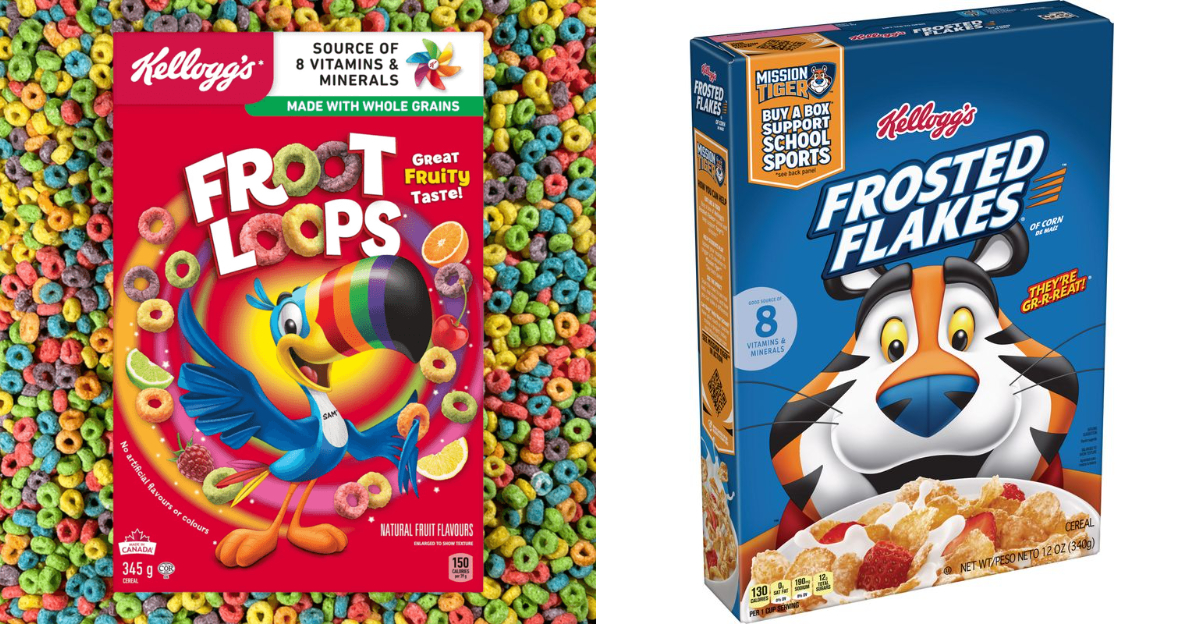
Explore the controversy surrounding popular cereals containing ingredients banned in parts of the world. While these cereals remain on U.S. shelves, their components like artificial dyes and preservatives have sparked global debates.
1. Froot Loops
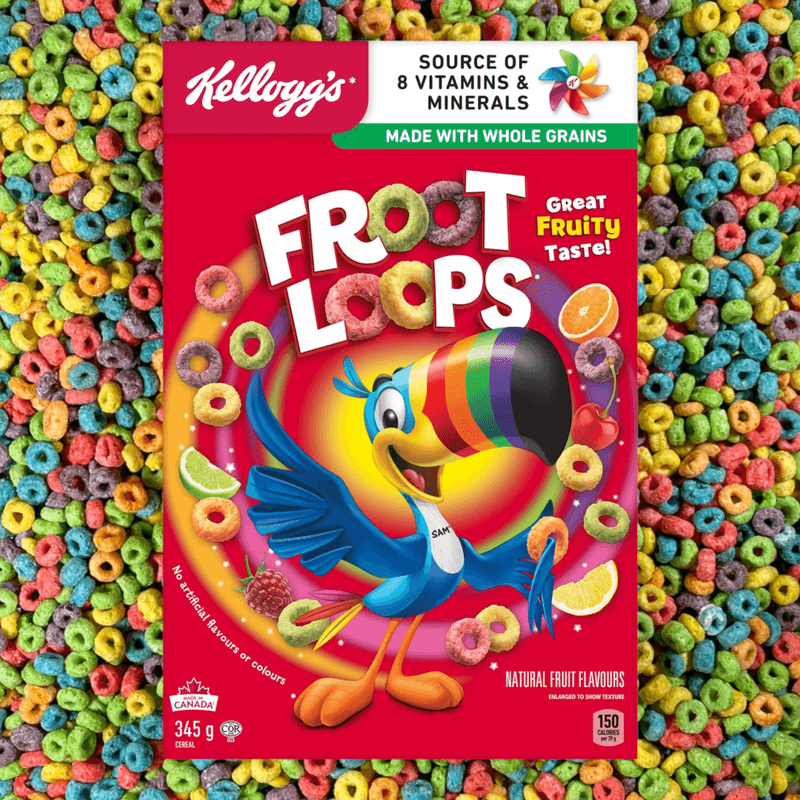
Bursting with vibrant colors, Froot Loops are beloved by kids and adults alike. However, beneath their cheerful hues lies a controversial truth. The cereal contains artificial dyes like Red 40, Yellow 5, and Blue 1, which are banned or restricted in Europe due to concerns over hyperactivity in children. Despite such worries, these dyes persist in U.S. versions.
Overseas, warning labels accompany such ingredients, prompting many natural food brands to abandon them. The question persists: should health concerns overshadow the vibrant allure of Froot Loops? Consumers and health advocates remain divided on this colorful debate.
2. Frosted Flakes
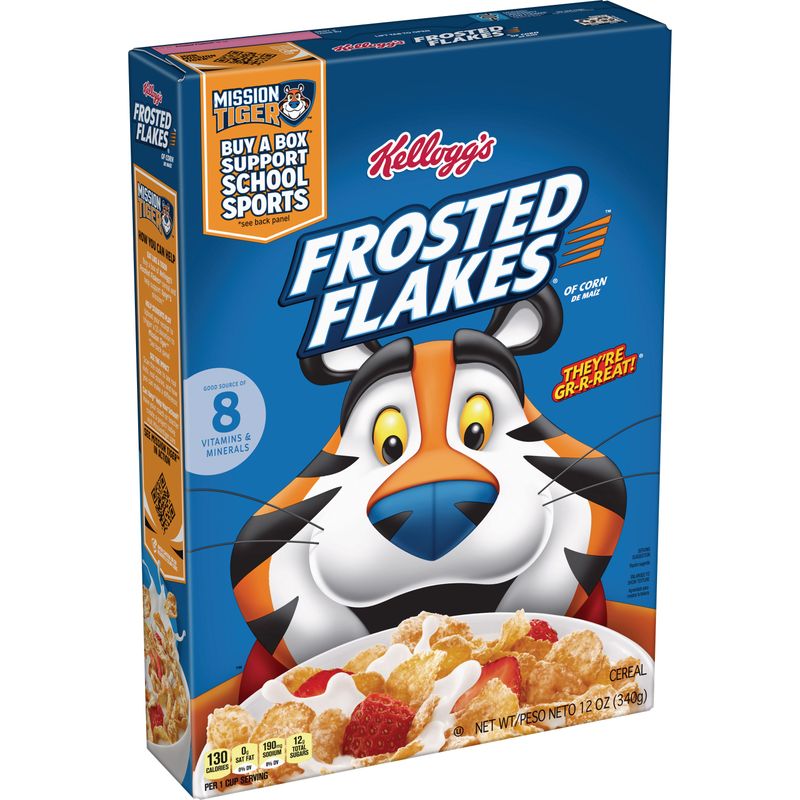
Frosted Flakes, the quintessential breakfast delight, has more than just sweetness to its name. Packed with BHT, a synthetic antioxidant, it’s under scrutiny. This ingredient is banned in Japan and parts of Europe due to potential health risks, including links to cancer and endocrine disruption.
Critics argue for natural alternatives, emphasizing that many international versions of Frosted Flakes omit BHT. Could a change in recipe satisfy growing health demands? The debate simmers as consumers question the necessity of such additives in their morning routines.
3. Lucky Charms
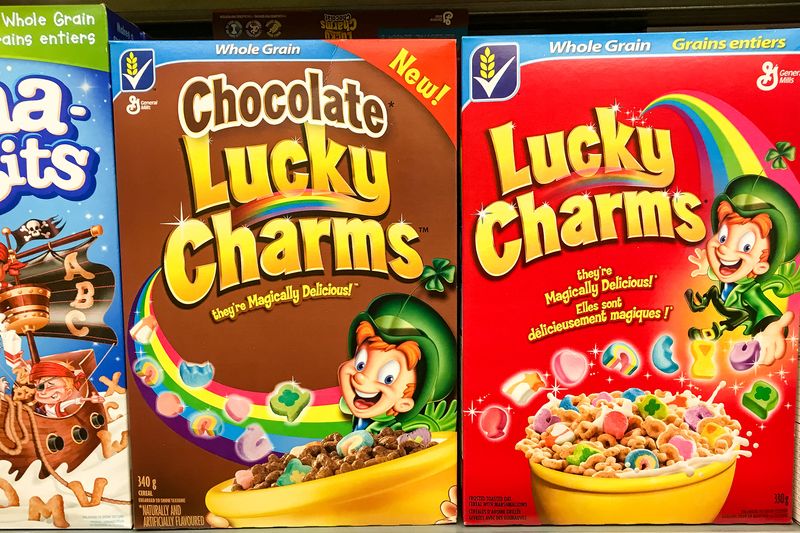
Lucky Charms, with its whimsical marshmallow shapes, hides a less charming secret. Artificial colors like Yellow 5, Red 40, and Blue 1, alongside controversial emulsifiers, have raised alarms globally. These additives link to behavioral concerns in children, yet persist in U.S. versions.
Pressure mounts for reformulation, but Lucky Charms remains unchanged, drawing criticism. The allure of its magical marshmallows competes with health priorities. Will consumer pressure finally lead to a cleaner recipe? The standoff continues, with parents and health advocates watching closely.
4. Trix
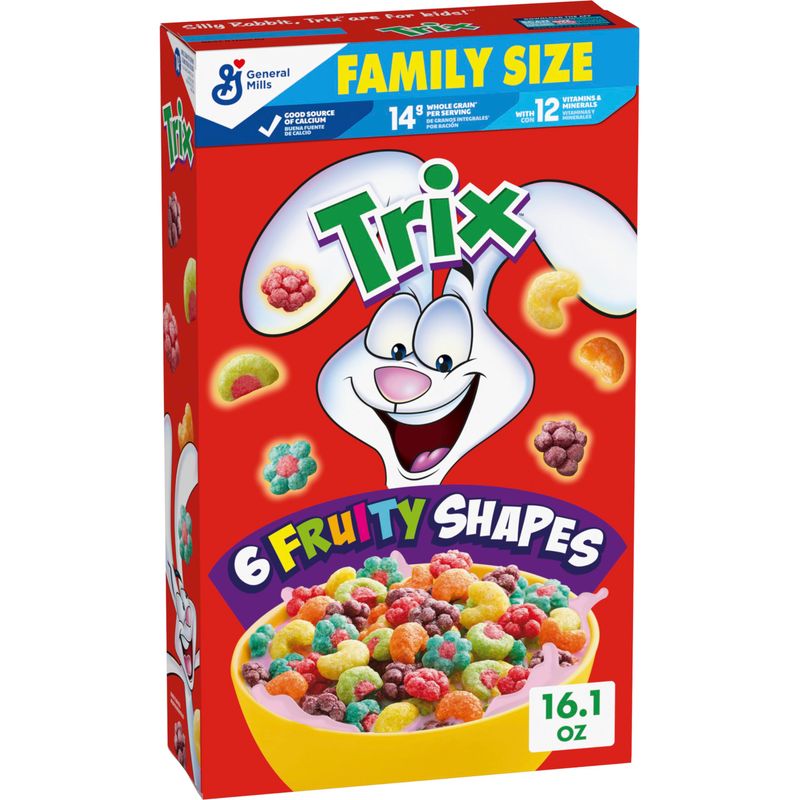
Trix, known for its playful, colorful appearance, also brings a swirl of controversy. Artificial dyes, including Yellow 6 and Blue 1, face bans or limitations in countries like Norway and Austria. General Mills once switched to natural colors, only to reverse the decision due to consumer complaints.
Duller hues didn’t satisfy fans, who demanded the return of the bright Trix they loved. This decision reignited debates over health versus aesthetics. Can vibrant colors justify potential risks? The conversation continues, as Trix walks the line between nostalgia and health consciousness.
5. Reese’s Puffs
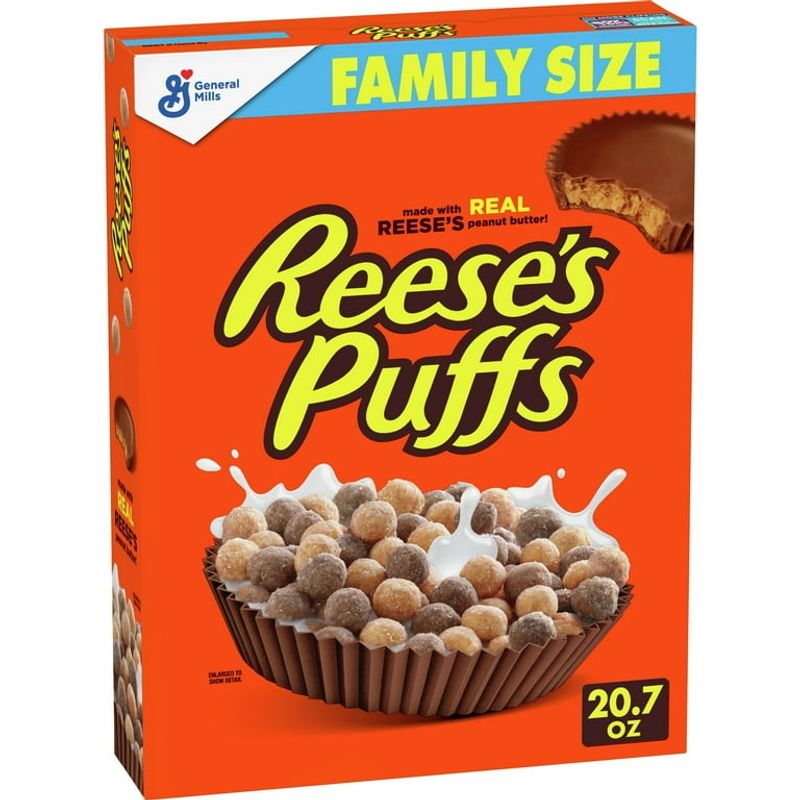
Reese’s Puffs combines the allure of candy with the essence of breakfast, but not without controversy. Artificial flavors and preservatives like BHT, coupled with high sugar content, raise eyebrows. International versions present cleaner alternatives, prompting questions about U.S. formulations.
As consumers scrutinize ingredient lists, they wonder why domestic recipes lag behind. Is the sugary allure of Reese’s Puffs worth the potential health implications? The conversation remains lively, with health advocates pushing for change. Meanwhile, fans savor their sweet, chocolaty crunch, balancing enjoyment with awareness.
6. Cap’n Crunch
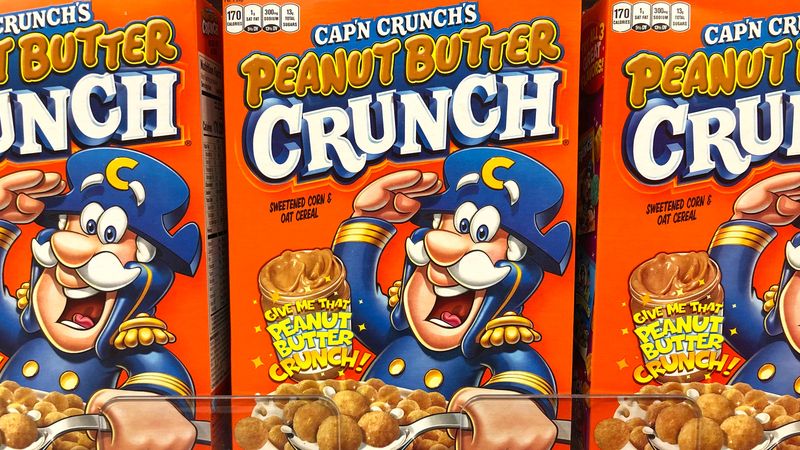
Cap’n Crunch sails through breakfast tables, but not without stirring trouble. With ingredients like Yellow 5 and BHT, it faces scrutiny abroad. These additives are tightly regulated or banned in many European countries, raising health concerns.
Despite criticism, Cap’n Crunch’s recipe remains largely unchanged. The lack of warning labels in the U.S. adds to consumer discontent. Fans enjoy the familiar taste, but at what cost? The debate continues as health-conscious consumers weigh tradition against modern dietary standards.
7. Cocoa Pebbles
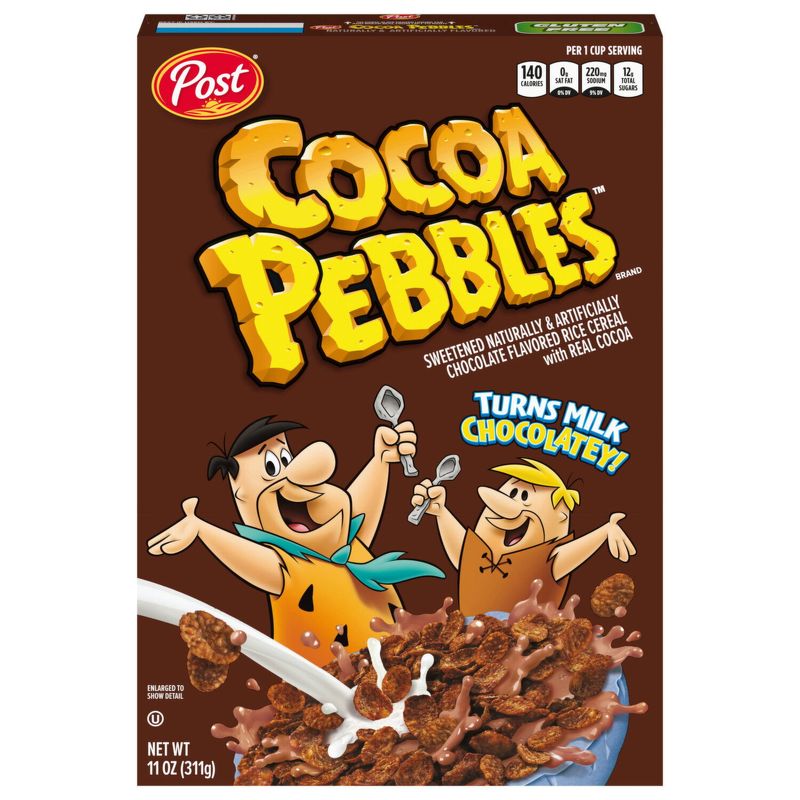
Cocoa Pebbles offers a chocolaty delight that’s hard to resist, yet its ingredients list raises eyebrows. Artificial flavoring and dyes, along with TBHQ, a preservative banned in several countries, pose health concerns.
Food safety advocates push for cleaner formulations, insisting on progress in the U.S. market. While the cereal remains popular, questions about its ingredients linger. Can Cocoa Pebbles maintain its chocolatey appeal without compromising health? The cereal’s future balances on consumer demands for transparency and better alternatives.
